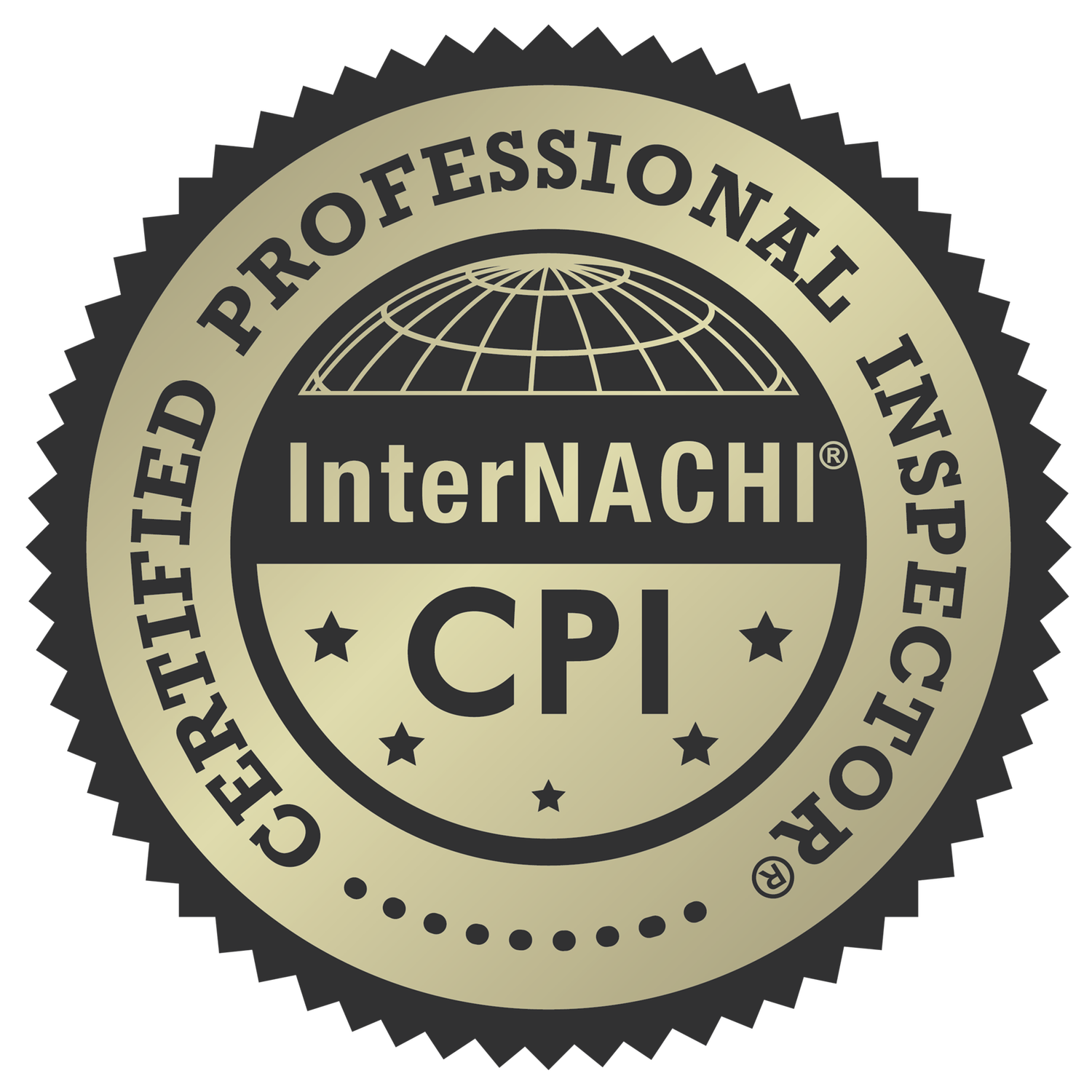Asbestos in Homes: What Every Property Owner Should Know
1. What is Asbestos?
Asbestos is a group of naturally occurring fibrous minerals once widely used in building materials for its strength, heat resistance, and insulating properties. Homes built before the 1980s may still contain asbestos in various construction materials, such as insulation, floor tiles, and roofing.
Although asbestos use is now heavily regulated in the U.S., it hasn’t been completely banned. That means older homes—especially those undergoing renovation—can still pose a risk if asbestos-containing materials are disturbed.
Source: U.S. Environmental Protection Agency (EPA)
2. Risk of Asbestos Exposure
When asbestos-containing materials are disturbed, tiny fibers are released into the air. Inhalation of these fibers can lead to serious health conditions, including:
Asbestosis (a chronic lung disease)
Mesothelioma (a rare cancer of the lung lining)
Lung cancer
Other respiratory issues
The risk increases with prolonged exposure, and symptoms may not appear until decades later. This makes early detection and proper handling crucial.
Source: Centers for Disease Control and Prevention (CDC)
3. Where to Find Asbestos?
In residential properties, asbestos can commonly be found in:
Pipe insulation
Popcorn ceilings
Vinyl floor tiles and adhesive
Cement sheets, shingles, and siding
HVAC duct insulation
Roofing felt and flashing
As a rule of thumb, if your home was built before 1980 and the materials haven’t been updated, it’s wise to assume that asbestos might be present. Only a certified professional can perform sampling and testing.
Source: U.S. Consumer Product Safety Commission (CPSC)
4. Handling & Disposing Asbestos
Never try to remove asbestos yourself. DIY removal is not only dangerous but also illegal in many states without proper licensing. Improper handling can release dangerous fibers and contaminate the air and surfaces.
If asbestos is suspected in your home:
Contact a licensed asbestos inspector to assess and test the material.
Hire an EPA-certified abatement contractor for safe removal.
Ensure disposal is done in compliance with local hazardous waste regulations.
Remember, even disturbing asbestos while sanding, drilling, or remodeling can cause exposure. Prioritize safety and compliance.
Source: Occupational Safety and Health Administration (OSHA)
Stay Safe with a Certified Home Inspection
If you're buying, renovating, or leasing an older home in California, having a certified home inspector from PrimeVantage can help you identify potential asbestos risks before they become costly hazards. We provide unbiased, thorough property inspections to help you make informed decisions.
